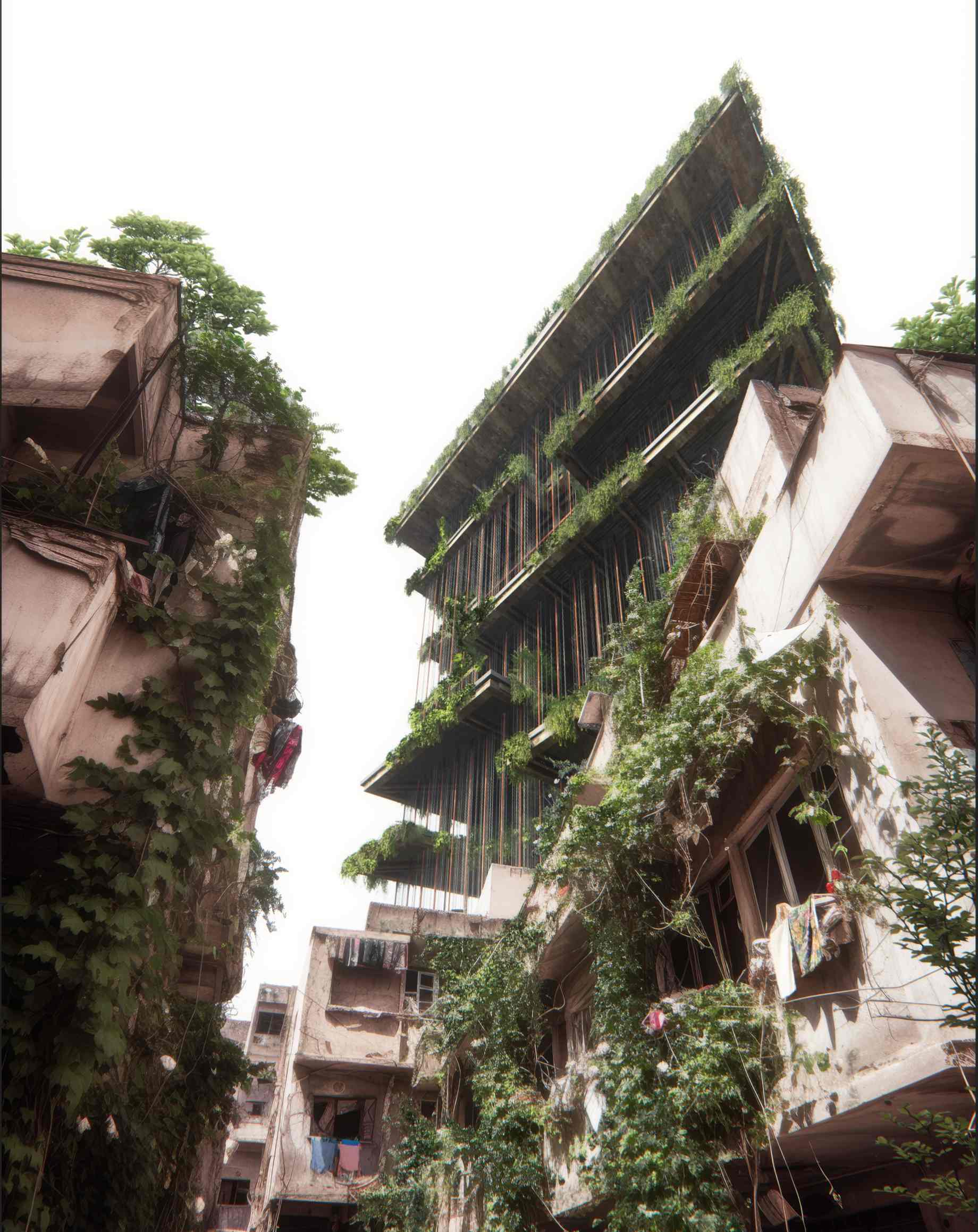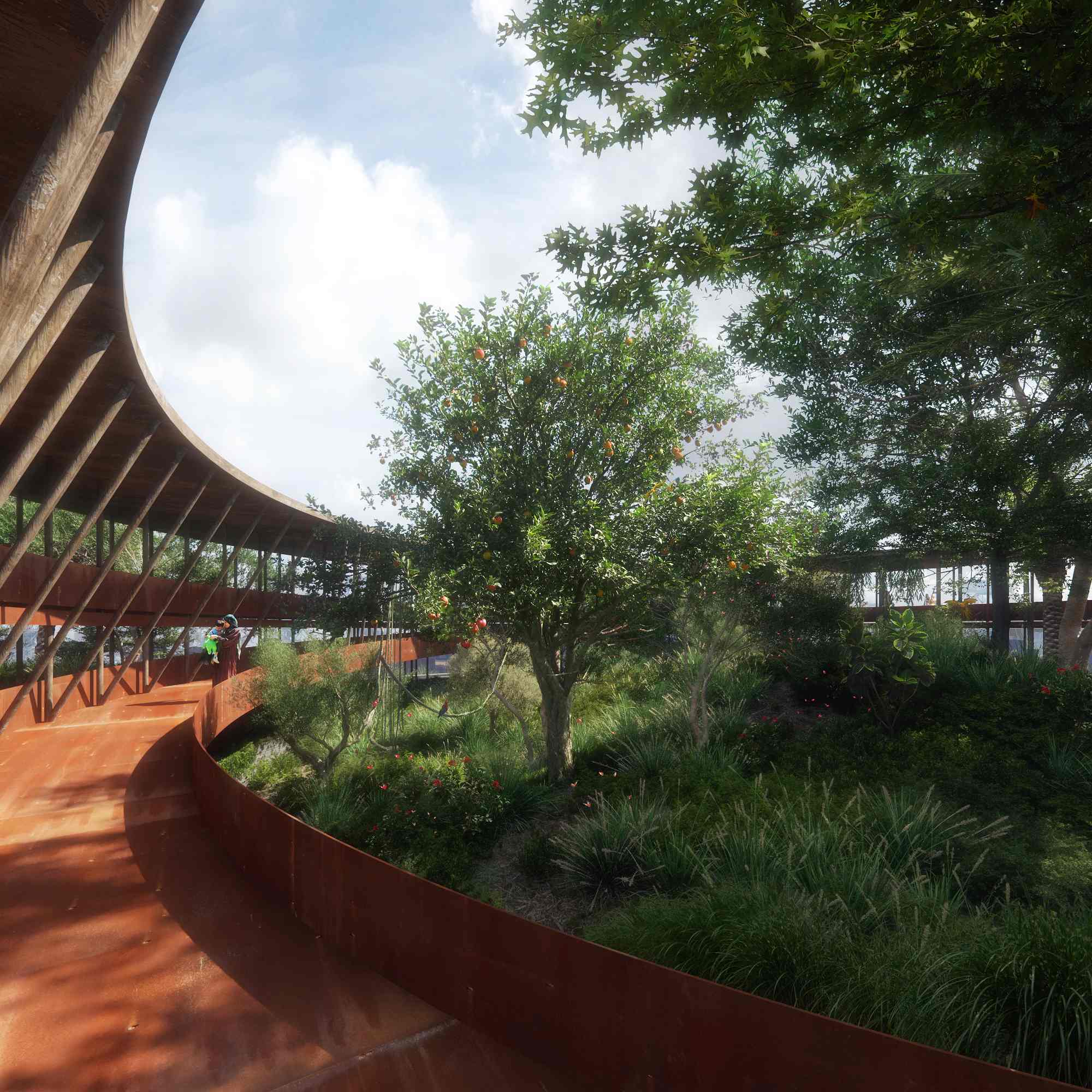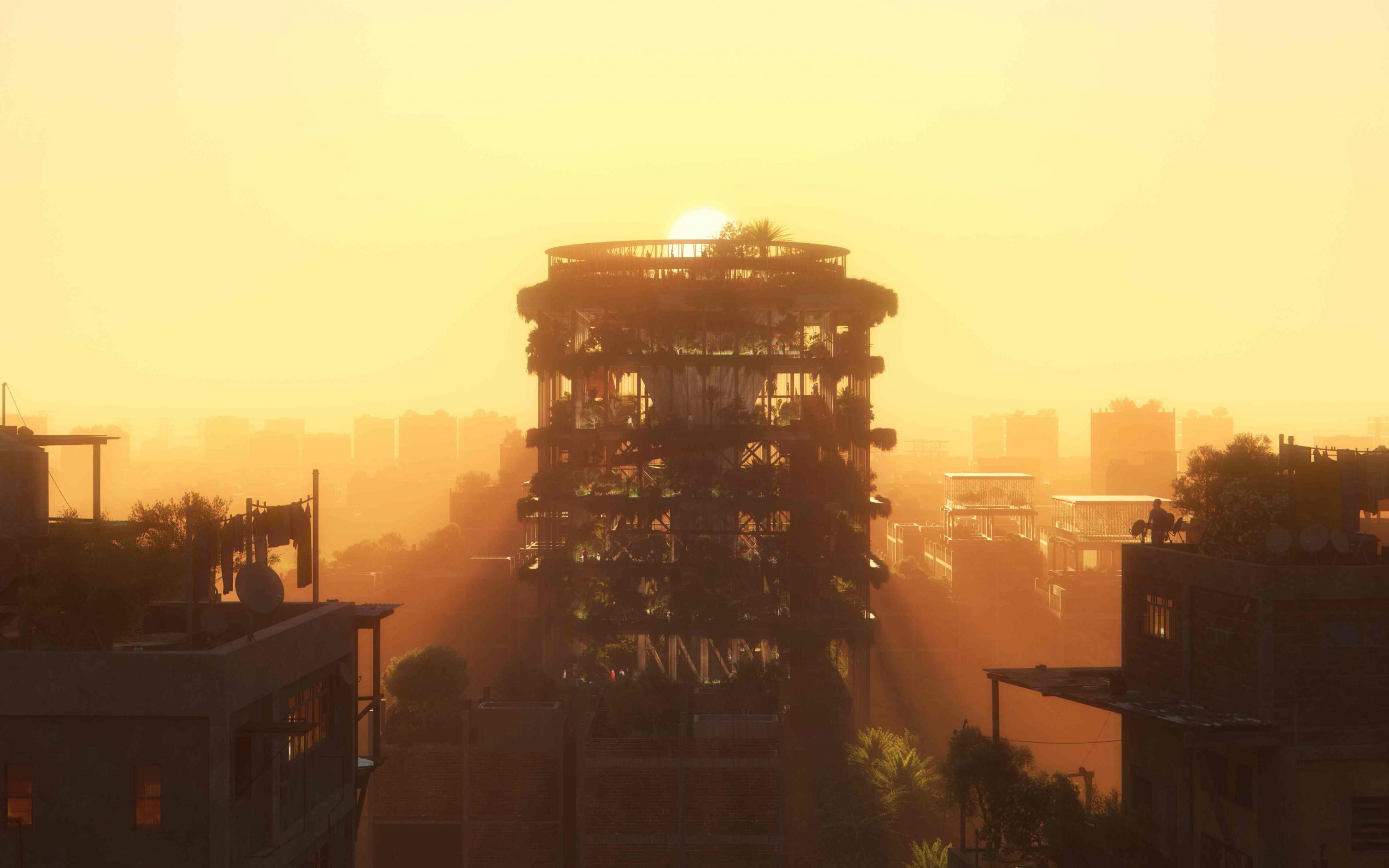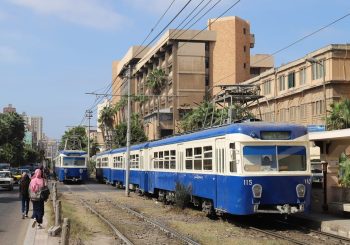Photo credit: Islam El Mashtooly.Egypt’s ‘Cairo Probiotic Tower’ has been selected as a shortlisted project in this year’s edition of the World Architecture Festival (WAF). The design has been nominated in the Experimental category under the Future Projects section.
The project has also won the WAFX 23 Carbon, Climate & Energy Award, which honors global architectural concepts incorporating cutting-edge designs to tackle significant global challenges.
In November 2023, the project’s architects will present their work at Marina Bay Sands, Singapore, to a live audience and a judging panel of the industry’s leading experts.
The World Architecture Festival (WAF) is an annual international event and awards program dedicated to celebrating outstanding architectural achievements from around the world. It is one of the most significant gatherings in the architecture and design industry, attracting architects, designers, and professionals from various countries.
The Cairo Probiotic Tower
To the designers of the Cairo Probiotic Tower, modern urbanism is a ‘blight’ that has consumed the natural potential of planet Earth for centuries of human existence.
“As the concrete jungles of metropolitan cities continue to expand, green and public spaces dwindle each year, decreasing the quality of life to abysmal levels.” Islam El Mashtooly, architect and lead designer of the Cairo Probiotic Tower, tells Egyptian Streets.
El Mashtooly thought of a way to repurpose many of the now obsolete and abandoned buildings of the last few decades into green communal hubs that could help heal the urban landscape and return a sense of balance to its surrounding natural environment.
“Back in the day, we built several structures that were essential to the urban landscape of the time,” El Mashtooly says. “Many are now outdated. Take the water tower, for example. It was designed to elevate and store water. The pressure created would supply water to nearby neighborhoods; however, water towers are now rarely used as a consequence of the widespread adoption of pressurized reticulation systems, which are now the norm in developed regions.”
At the core of the proposed probiotic tower lies a large algae bioreactor tank that actively absorbs carbon dioxide from local sources within the host neighborhood. The bioreactor serves a dual purpose by absorbing carbon from the surrounding area and producing a carbon-neutral biofuel for the building’s occupants.
The tower also employs facade algae panels on the south-facing sides of the structure to enhance the absorption of carbon dioxide from the local atmosphere. This allows community members to repurpose old, unused infrastructure, correcting past mistakes and creating a carbon-negative building.
“We’re proposing turning our cities into an amalgamation of vertical green open spaces by repurposing obsolete structures that were originally built to serve a single purpose,” El Mashtooly explains.

El Mashtooly thought of the concept first while preparing for a talk at last year’s WAF in Lisbon. His segment included a critique of Cairo’s urban expansion and how it impacted green spaces.
“I realized I didn’t want to critique without offering solutions,” he says. “The problem was global; it wasn’t just about Cairo, so I began thinking of ways to increase green spaces and use existing buildings. The idea of the probiotic tower came to me, and I thought, why not make Cairo a pioneer of this concept.”
According to El Mashtooly, the lowest-carbon way to build is simply not to build at all, so with the help of his team, he chose water towers for the WAF proposal, as the concrete structures already existed and could withstand the additional weight of adding onto them.
These spaces will become multipurpose, carbon-negative, communal hubs capable of filtering carbon dioxide. Community members can also plant and harvest crops in these areas, turning them into the ‘city’s lungs’.

“If you pull a satellite image of Cairo from Google Earth, Al-Azhar Park is perhaps the only green area in the capital’s urban landscape,” El Mashtooly says. “Now imagine, if this concept is implemented nationwide, and not just to water towers, rooftops, and other remnants of old infrastructure, the whole country would not be the barren concrete landscape that it is now, but an oasis of vertical greeneries.”
El Mashtooly thanked his team members Hossam ElYamani, Steven Velegrinis, Abdallah Kamel El Mnyawy, and Karim Mousa. “Without their efforts, all of this wouldn’t have been possible,” he stated.
The project is more than just a futuristic concept designed on paper for the festival; it is a reality scheduled to be completed on 6 August 2025. In two years, Cairo will have its first probiotic tower, but will it be the urban revolution the city needs to reduce its carbon footprint? Only time will tell.
Subscribe to the Egyptian Streets’ weekly newsletter! Catch up on the latest news, arts & culture headlines, exclusive features, and more stories that matter, delivered straight to your inbox by clicking here.






Comments (0)